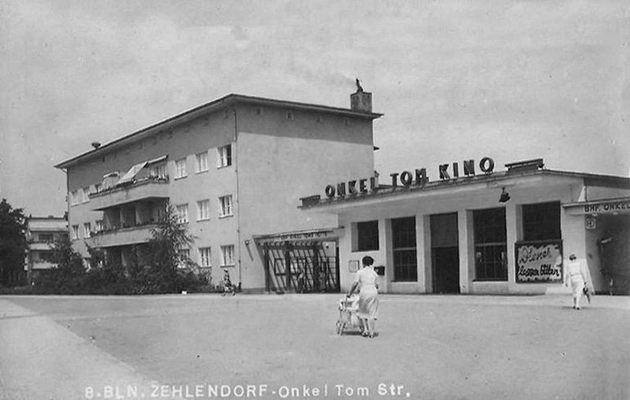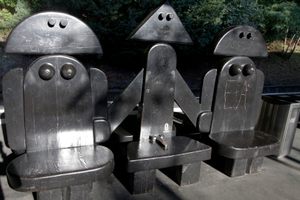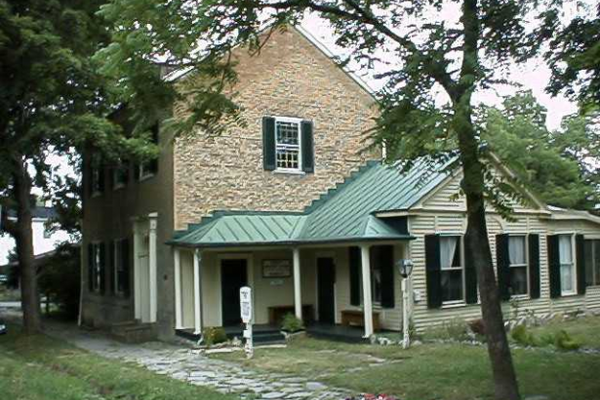About
On the outskirts of Berlin, near the end of a subway line, an oddly-named neighborhood pays homage to a famous and flawed American abolitionist novel from 1852. When Harriet Beecher Stowe published Uncle Tom’s Cabin, a decade before the start of the Civil War, the novel sold as well as the Bible. It soon attracted a loyal following overseas, especially in England, where slavery had been abolished two decades earlier.
The book was also translated into German in 1852, and it apparently made an impression. According to a history of Berlin subway stations, a local resident named Thomas opened a biergarten in the 1880s, on the edge of Grünewald forest. To help visitors stay dry, he built several huts that were apparently nicknamed “Tom’s cabins,” and they are said to have reminded visitors of the novel. The name spread to a nearby street, still called Onkel-Tom-Straße, and a local cinema, Onkel Tom Kino, that no longer exists.
Stowe’s novel is credited with growing the abolitionist movement and shaping public sentiment about slavery, but it had a mixed legacy. Stowe, a white writer from New England who had little to no personal experience with the brutality of slavery, did not believe in the equality of African Americans. Her novel relied on stereotypes that were amplified in stage adaptations of the book, to the point that “Uncle Tom” became a derogatory epithet.
The complex legacy of the novel makes it strange to find its name in Berlin. Near the Onkel Toms Hütte subway station, which was built in 1929 by the Swedish architect Alfred Grenander, a travel agency and choir are both named Onkel Toms Hütte. The local flower shop is called Onkel Toms Blumenhütte, or Uncle Tom’s Flower Cabin, and a neighboring burger joint is called Onkel Toms Burger. (A restaurant employee, when asked about Uncle Tom’s Cabin, said he had never heard of the book.)
During the Weimar period, the neighborhood was involved in an unrelated controversy. In the 1920s, a leftist housing cooperative built a cluster of modernist houses with flat roofs, and it too was called Onkel Toms Hütte. Traditionalists despised the new style, making the nationalist argument that true Germans should live in houses with pointed roofs. Houses from that period, some with flat roofs and some with points, are still visible today. The dispute is sometimes called the Dächerkrieg, or “the roof war.”
Related Tags
Know Before You Go
The Onkel Toms Hütte U-Bahn station is the second-to-last stop on the Krumme Lanke end of the U3 line. From station stops in Schöneberg, the trip takes about 20 minutes; from station stops in Kreuzberg, the trip takes about 40 minutes. Onkel Toms Hütte is walking distance from the campus of Freie Universität Berlin.
Community Contributors
Added By
Published
December 9, 2019
Sources
- https://www.npr.org/templates/story/story.php?storyId=93059468
- https://www.harrietbeecherstowecenter.org/harriet-beecher-stowe/uncle-toms-cabin/
- https://www.atlasobscura.com/articles/the-heated-highly-political-roof-war-that-captivated-berlin-before-world-war-ii
- https://www.amazon.de/Berlins-U-Bahnh%C3%B6fe-ersten-hundert-Jahre/dp/3930863073

















































